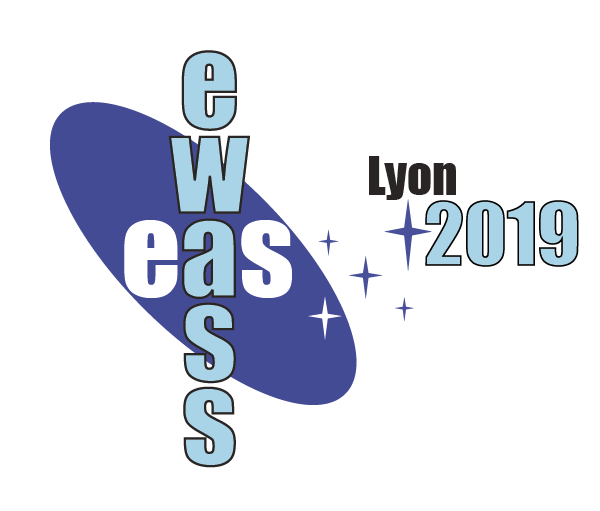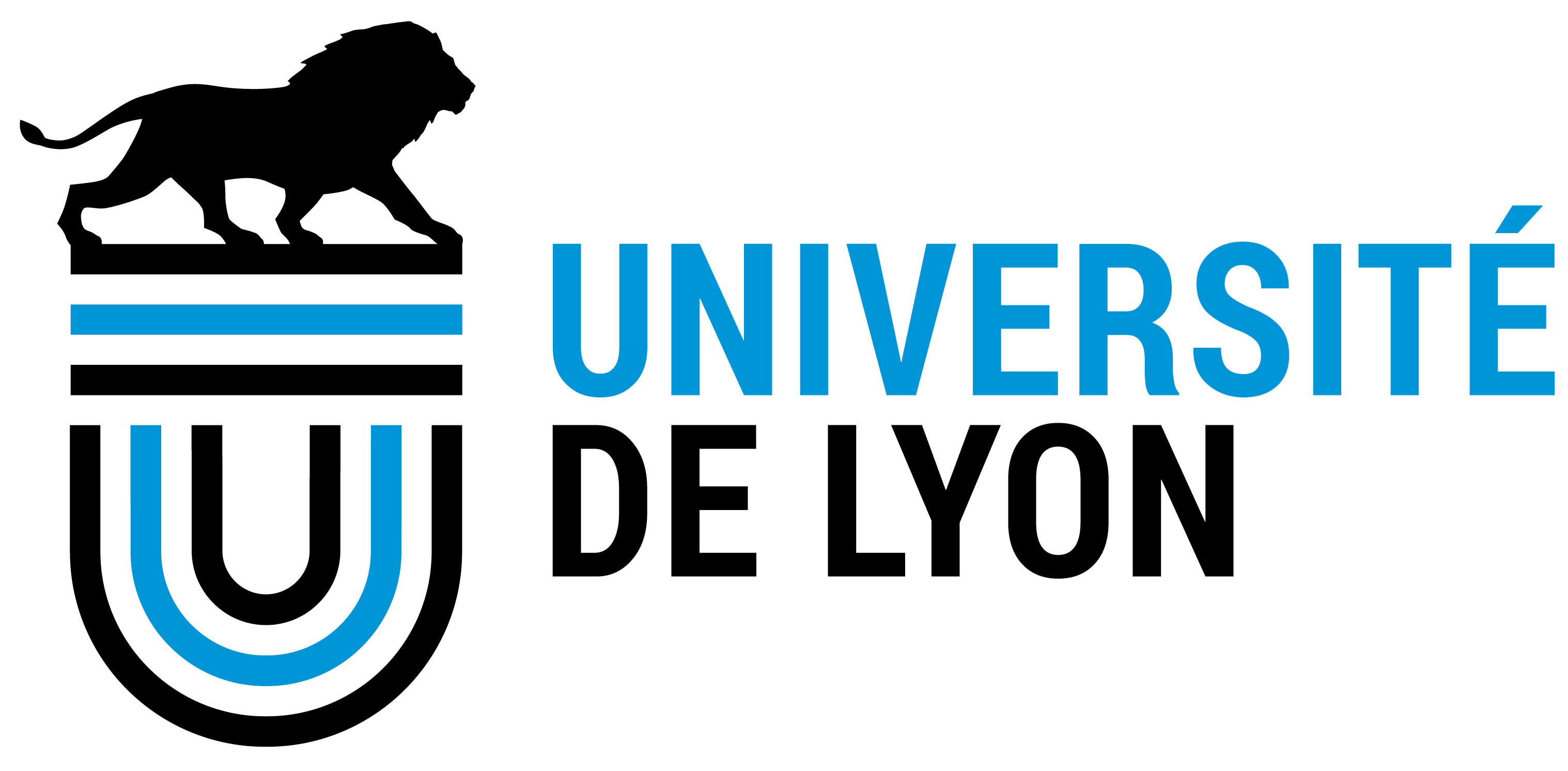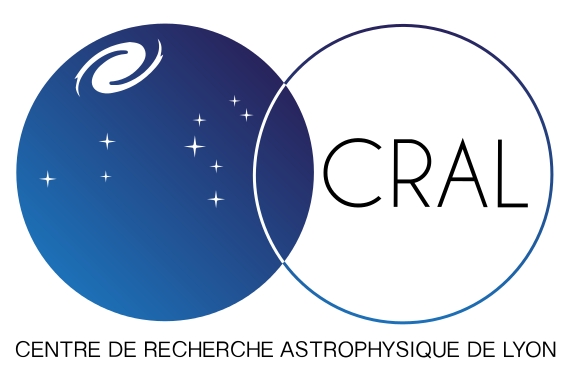Special Session SS6
27 June 2019
Resolving the impact of AGN on galaxies using observations and simulations
Aims and scope
One of the most crucial processes invoked by state-of-the-art galaxy formation models is feedback by active galactic nuclei (AGN) on their host galaxies. While central to galaxy evolution, the physical mechanisms governing AGN feedback and many details surrounding its impact on their host galaxies remain elusive. For instance, is star formation suppressed rapidly through gas ejection or is the main role of AGN feedback to restrict gas supply over a longer timescale? For simulations, the challenges has been limited numerical resolution and incomplete physical modelling. Similarly, from an observational point of view there have been a lack of observations that are sufficiently deep or spatially resolved at multiple wavelengths to obtain accurate and complete constraints. This is an exciting time as we are now entering an era where precision observational measurements can be made to quantifiably test cutting-edge models.
Specific observational predictions are starting to be made including the expected properties of AGN-driven outflows seen in emission and absorption lines of multiple chemical species. From an observational point of view a new era of sub-mm/radio interferometers, including improved Very Long Baseline Interferometry (VLBI), in combination with other multi-wavelength techniques such as integral field spectroscopy, are revealing the detailed inner physical processes behind the properties and impact of AGN-driven jets and winds. This is now possible for AGN covering a wide range of power, over multiple cosmic epochs; from low luminosity AGN through to the most powerful quasars in the distant Universe. For EWASS 2019, in collaboration with members of the Astronomical Society of India, we aim to bring together expert observers and theorists from Europe, India and beyond. With a focus on isolated galaxies containing AGN with a range of accretion rates, we will tackle these main questions:
Programme
- How can the contributions of star formation, accretion disk emission and jets to the observed multi-wavelength emission be disentangled?
- How can the relative contributions of star formation, quasar winds and jets to the driving of galactic outflows and AGN feedback be determined?
- What impact do AGN have on the multi-phase gas and on the star formation inside their host galaxies and on what timescales do these processes occur?
We note that the organisers of this special session will work closely with the organisers of SS8 "Quasar feedback: ejecting, compressing and enriching gas at different scales" to create complementary programs. We strongly encourage participants to read carefully aims and program of both sessions before submitting contributions.
Invited speakers
- Rebekka Bieri
- Raffaella Morganti
- Dipanjan Mukherjee
- Alex Richings
- David Rosario
- Veeresh Singh
Scientific organisers
Chris Harrison (ESO, Germany); Preeti Kharb (NCRA-TIFR, India); Miranda Jarvis (ESO, Germany); Marcella Brusa (University of Bologna, Italy); Gulab Chand Dewangan (IUCAA, India); Tiago Costa (MPA, Germany); Francesca Panessa (Istituto di Astrofisica e Planetologia Spaziali, Italy); Prajval Shastri (Indian Institute of Astrophysics)
Contact
charriso @ eso.org preeti.kharb @ gmail.com
Updated on Mon Feb 25 19:14:24 CET 2019
|

 A power cut will shut down all EAS services on Tuesday, 10 January 2017 starting at 7:30 CET.
A power cut will shut down all EAS services on Tuesday, 10 January 2017 starting at 7:30 CET.





